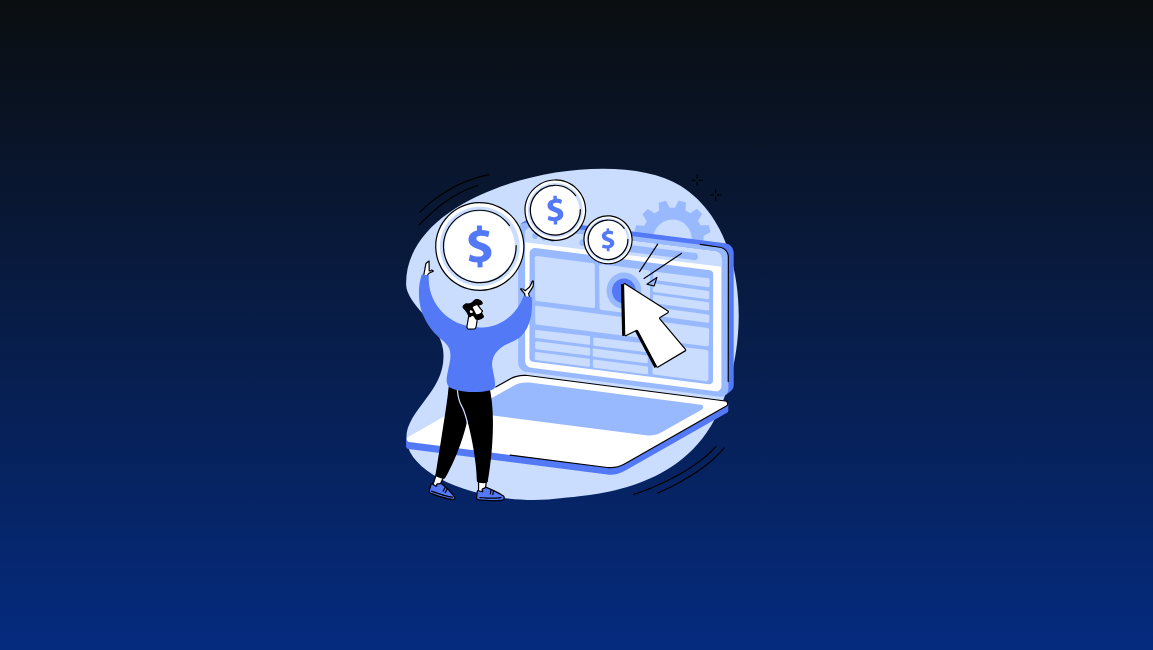If you’re a marketer (and haven’t been living under a rock the past year), you’ve been hearing a lot more about the (kinda) new kid in town, Performance Max. Although intimidating at first, PMax can actually make your job as a marketer much easier once you understand how it works.
Rather than digging through the internet or Google’s (not so) great documentation, I’ve gone ahead and broken down 5 basic features of Performance Max that every marketer needs to know. Let’s dive in 👇
First off, what is PMax?
Performance Max is an extremely automated Google campaign type. You feed it creative assets (images, video, and ad copy) and PMax will display your ads across all of Google’s advertising channels (Search, Shopping, Display, YouTube, Maps, Discover, and Gmail).
With your ads running on more placement options, PMax could allow your eCommerce store to reach a wider audience. The more the merrier!
Why should you care?
Google has already started migrating every Smart Shopping Campaign into a PMax campaign. You won’t be able to create a SSC after that point. It could be a good idea to slowly turn all your SCCs into PMax while getting used to it’s features before Google automatically does it for you.
1. Asset Groups
A fancy name for an ad group, an asset group is a collection of creative assets (images, videos, headlines and descriptions) that center around a particular theme or audience. Your PMax campaign will mix and match the assets and display it on the appropriate platform. You won’t have much control over what gets displayed where.
The process is very similar to that of setting up a responsive search ad.
2. Listing Groups
AKA Product Groups. These are only relevant to the shopping ad channel, listing groups are products that share relevant characteristics. A listing group is pre-determined based on the attributes you assign to products in Google’s Merchant Center (product ID, brand, custom labels).
Google gives you the ability to upgrade your Smart Shopping Campaign into a PMax campaign with one click. In this case, listing groups are inherited from your SSC’s product groups.
3. Keywords
Performance Max is where keywords go to die.
Traditionally, ad groups are tied to keywords. In PMax, asset groups are tied to audience signals (interests, demographics, custom segments, customer data). Custom segments allow us to target our audience by their search habits. This is the closest we can get to targeting specific keywords.
The good news is that you do have the ability to see which audience signal triggered your ads. The bad news is that you won’t be able to see specific keywords, and you’ll have to contact your Google rep to block specific keywords.
4. Bidding strategies
Unsurprisingly, Performance Max only gives us the ability to use Smart Bidding, making us choose between Maximize Conversions and Maximize Conversion Value. As a rule of thumb, if your campaign is new and has little data, start with Maximize Conversions with no tCPA. You can switch over to Maximize Conversion Value and add a tROAS once Google has enough data to run with.
5. URL Expansion
Based on previous conversion data, Google will redirect customers to pages they think that they are most likely to convert on. For example, if your customer doesn’t convert on your landing page, but on another page, Google will send them straight to that second page.
You do have the ability to block URLs (aka your SEO blog).
In conclusion
Performance Max is definitely something we should all be excited about. It often gets a bad rap due to its lack of reporting and the lack of control we are used to with traditional campaign styles. However, especially when used to work alongside your Google Search Ads efforts, you may find that it could teach you a little about your audience. On top of that, It can get you on channels you’ve never used before (aka Gmail).
Thanks so much for reading! If you have any questions about Pmax or want to chat about paid media, hit me up on twitter @ppcpia. You can also reach me by email, [email protected].
Guest Author: Pia Mikhael




